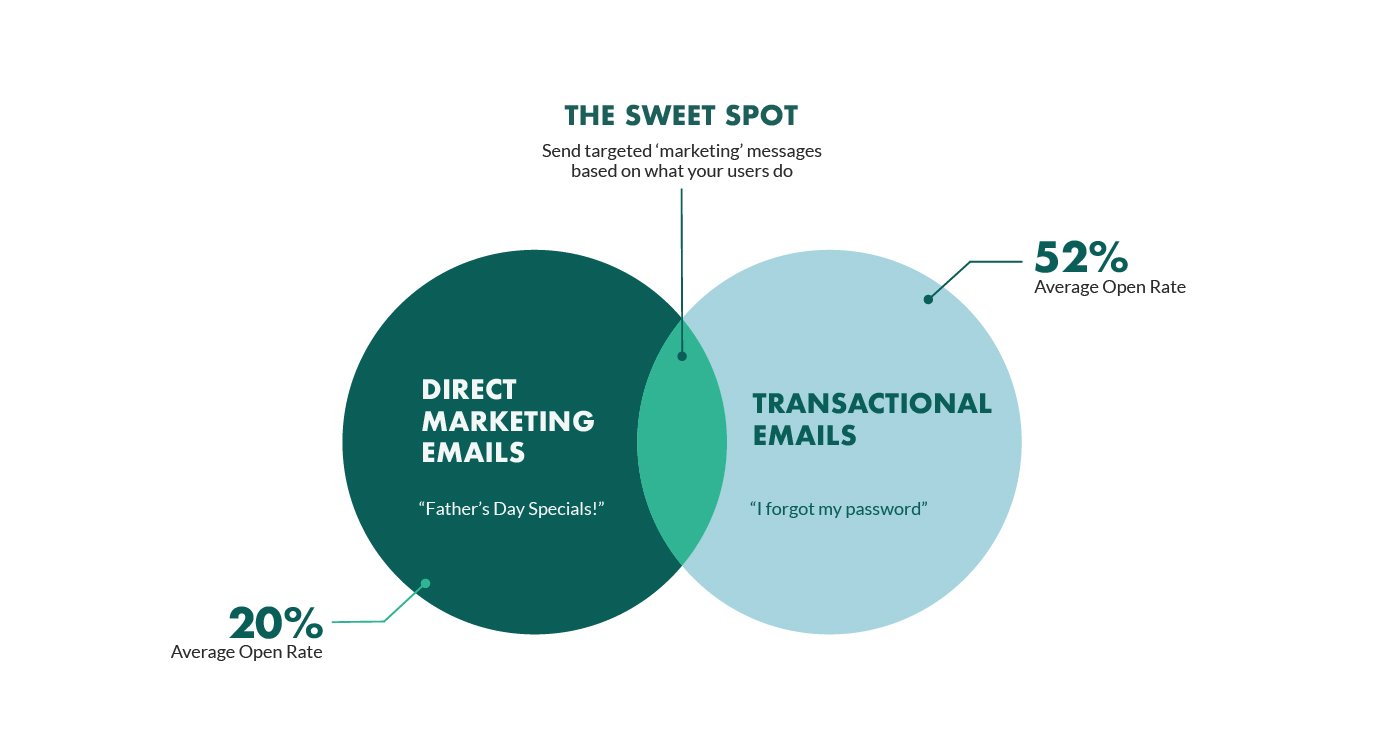The Psychology of a Great Newsletter: Why People Click, Read, and Stay Subscribed
A truly successful newsletter does more than just deliver content—it builds trust, triggers emotion, and creates anticipation. At the heart of the psychology of a great newsletter is the understanding of human behavior and attention. People are naturally drawn to what feels relevant, valuable, and personal. Great newsletters begin with subject lines that tap into curiosity, urgency, or problem-solving—key psychological drivers. Phrases like “You won’t believe this,” or “3 quick fixes for your workflow” activate the brain’s need for closure, making people more likely to open the email to satisfy that curiosity.

Once opened, the structure and tone of the newsletter must reinforce the reader’s decision to engage. Humans are wired to scan before they commit to reading—so the use of bold headlines, short paragraphs, bullet points, and visuals guides the eye and reduces cognitive effort. A great newsletter also uses storytelling, humor, or relatability to build emotional connection. This taps into the principle of social proof and trust—if it feels like a recommendation from a friend rather than a sales pitch, it’s more likely to be read in full. Personalization, like using the subscriber’s name or tailoring content based on preferences, further increases engagement by making the reader feel seen.
Finally, retention hinges on consistency and reward. The psychology of a great newsletter includes creating habit-forming experiences. When readers know they’ll consistently receive content that helps them, entertains them, or improves their lives in some way, they form a positive association with your brand. Providing clear value, like exclusive tips, early access, or curated insights, reinforces this habit. Even small things like a reliable send time or a signature closing can build familiarity and comfort. Ultimately, the best newsletters feel less like marketing and more like a personal, anticipated message—one that respects the reader’s time, needs, and attention.
Additional Information
Background Material
Learn More
From Around the Web